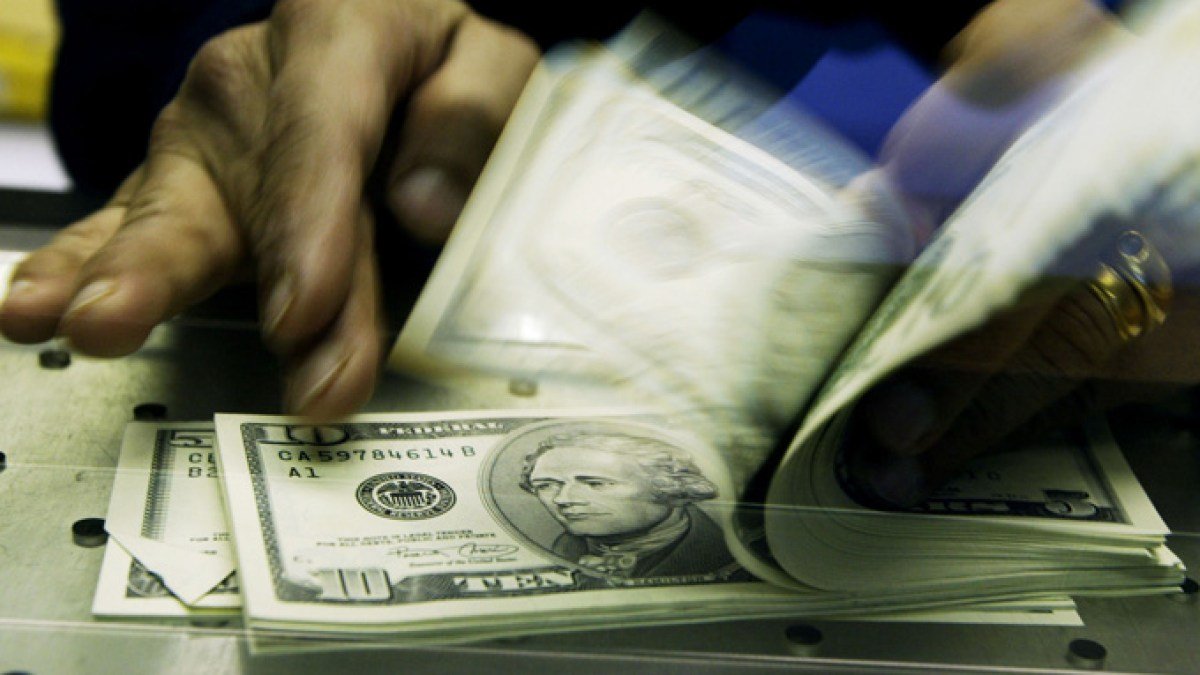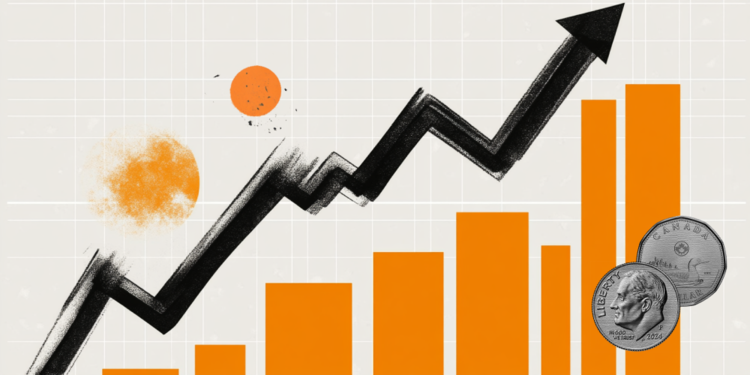- Dollar bulls are hesitating on Tuesday with Trump’s chaotic trade policies weighing on risk appetite.
- The US Dollar is behaving as a safe-haven and remains buoyed by higher US yields.
- Concerns about the economic impact of higher import prices might hurt the US Dollar in the long run.
The US Dollar jumped on Monday after Trump announced new tariffs on a first batch of countries, but it is struggling to extend gains on Tuesday, despite the ongoing risk aversion, as the outlook of global trade remains highly uncertain.
The US Dollar Index (DXY), which measures the value of the Greenback against a basket of the most traded currencies, appreciated 0.6% on Monday and is now about 1% above the long-term lows hit last week. The Greenback, however, is failing to find significant acceptance above 97.00 on Tuesday, and remains practically flat on the day, wavering near 96.80.
Anxiety about global trade is supporting the US Dollar for now
US President Donald Trump sent letters to a first batch of countries, including Japan and South Korea, basically restoring the tariffs announced on April 2. Trump, however, maintained a high level of uncertainty on the issue, postponing their application until August 1 and keeping the door open to adjustments.
Negotiations with Japan are going on, according to market sources, and recent news points to some advances in talks with the European Union. Market sentiment, however, remains sour as the uncertainty about which countries will be targeted with which tariffs keeps investors on edge.
In this context and in the absence of key macroeconomic releases to divert investors’ focus, the risk-off sentiment is pushing US Treasury yields up, which keeps the US Dollar buoyed.
These dynamics, however, might be short-lived. Investors’ concerns that higher import prices might drive the US economy into a stagflationary scenario triggered a sharp Dollar depreciation. Trump announced trade tariffs in April. Another such episode should not be discarded if hefty levies are finally settled.
Tariffs FAQs
Tariffs are customs duties levied on certain merchandise imports or a category of products. Tariffs are designed to help local producers and manufacturers be more competitive in the market by providing a price advantage over similar goods that can be imported. Tariffs are widely used as tools of protectionism, along with trade barriers and import quotas.
Although tariffs and taxes both generate government revenue to fund public goods and services, they have several distinctions. Tariffs are prepaid at the port of entry, while taxes are paid at the time of purchase. Taxes are imposed on individual taxpayers and businesses, while tariffs are paid by importers.
There are two schools of thought among economists regarding the usage of tariffs. While some argue that tariffs are necessary to protect domestic industries and address trade imbalances, others see them as a harmful tool that could potentially drive prices higher over the long term and lead to a damaging trade war by encouraging tit-for-tat tariffs.
During the run-up to the presidential election in November 2024, Donald Trump made it clear that he intends to use tariffs to support the US economy and American producers. In 2024, Mexico, China and Canada accounted for 42% of total US imports. In this period, Mexico stood out as the top exporter with $466.6 billion, according to the US Census Bureau. Hence, Trump wants to focus on these three nations when imposing tariffs. He also plans to use the revenue generated through tariffs to lower personal income taxes.






